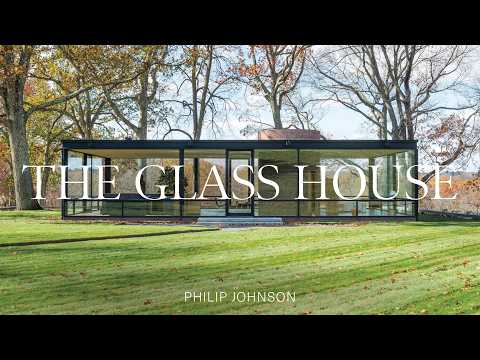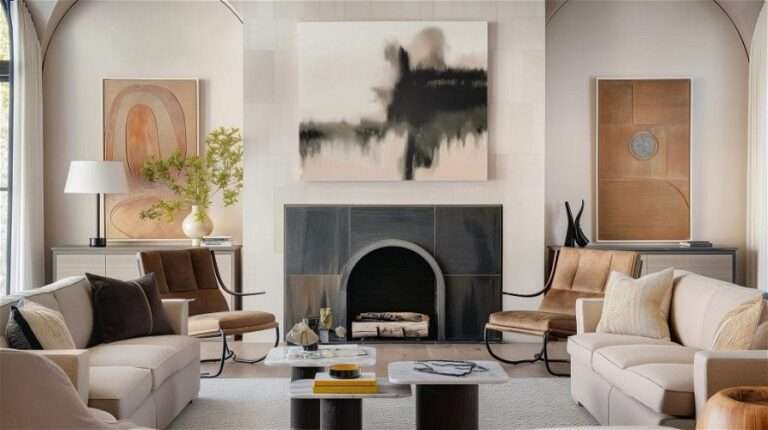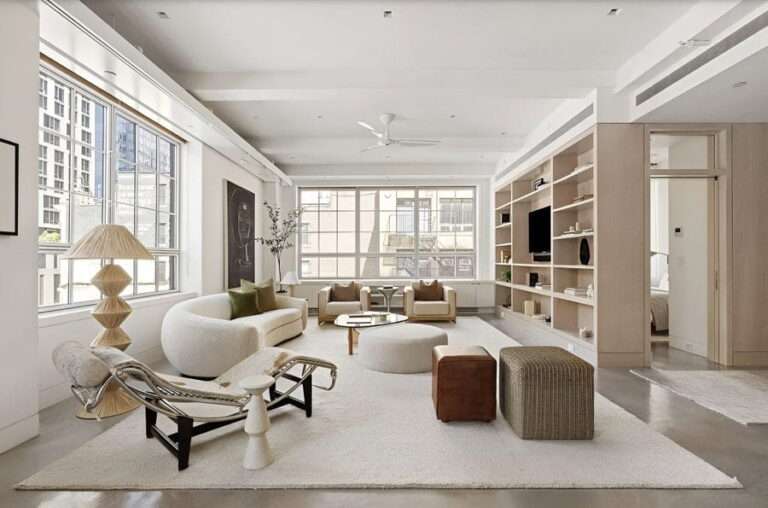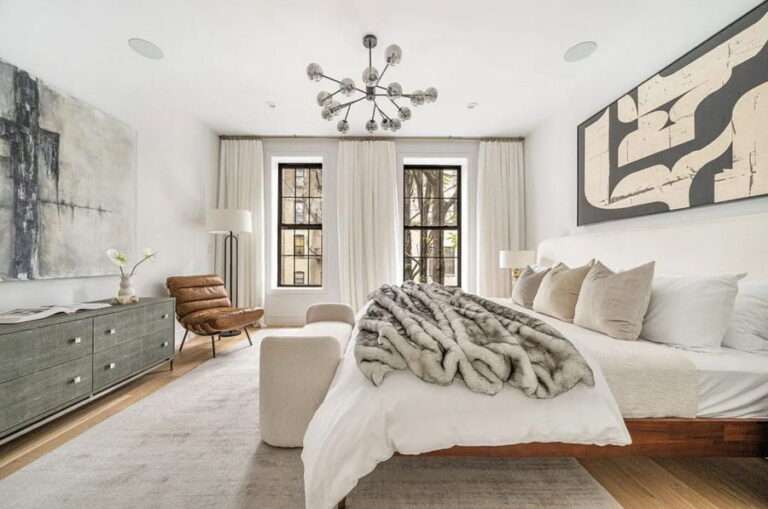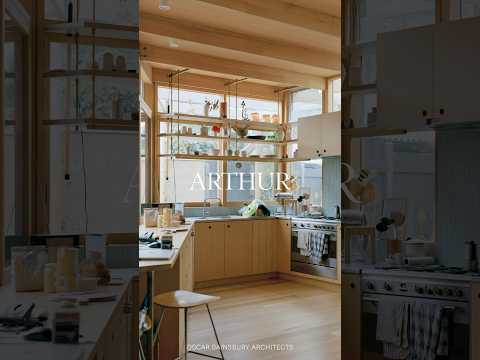Wondering what’s shaping outdoor living next year? Patio trends 2026 are all about bold materials, timeless influences, and design that works as hard as it looks good. Here’s what’s defining the patios of tomorrow.
Top Patio Trends 2026
Patios are no longer secondary or unstructured environments. More than ever, outdoor living trends treat them as an extension of our primary living areas, shaped with the same attention as interior spaces. Shifts in surface treatment, spatial logic, and vegetative integration pull patio design into the architectural conversation.
Pro Tip: Wondering how to choose among 2026 patio trends? Try our Free Interior Design Style Quiz to discover your ideal style today!
1. Color Shifts and New Surface Finishes
Color is no longer reserved for cushions or potted blooms. Patio trends 2026 are splashing it over walls—and everywhere else. You’ll see patio ideas that trade softness for saturation, with oxblood-painted alcoves or deep olive plaster edging the layout. Moreover, it seems like designers have moved beyond beige entirely. Clay and sage are coveted now, along with the layered pigment blocks that read like cut earth. High-gloss lacquers, once exclusive to cabinetry, are sealing all kinds of surfaces, catching daylight in broad sweeps.
2. Curved Geometry Inside Organic Layouts
Forms curve because movement does. Circular platforms pull seating into the center, and planter bands bend gently where traffic slides past. Even when outdoor furniture sits on strict grids, the layouts no longer insist on straight lines. Patio trends 2026 prefer arches to overhead beams, complemented by benches that round toward the view. You may not even notice the curves at first, only the way everything sits in place without calling attention to its boundaries. That’s the intention: geometry tuned to motion rather than imposed on it.
3. Textural Compositions
There’s a lot of weight in surfaces now—grain, loop, pucker, or pull. Outdoor furniture & decor trends are layering texture as a way of building quiet zones, using open-weave jute underfoot or coarse plaster that drags light in. Even glossy finishes are tempered by what surrounds them: think a cane-wrapped edge, or a ceramic pot with grit in the glaze. What’s important here is that trending materials aren’t flashy; they’re placed so you brush against them as you move through. As a result, tactility becomes the atmosphere.
4. Biophilic Enclosures With Living Edges
Boundaries have gone soft, and we love it. Plantings cluster where corners used to be, while vine-laced trellises catch your line of sight before any wall does. It’s not just about adding greenery; the point is to let growth define space. For an illustration, imagine planting vertical gardens where you’d expect siding, and tall grasses where a fence might have stood. The structure remains, only now it grows and brings a fresh view every season.
Outdoor Living Trends 2026
The boundaries that once held outdoor spaces at the edge of the home have dissolved, mainly through continuity of form and material intelligence. We witness deliberate shifts in comfort infrastructure. These are not extensions in the loose sense. Consider them as embedded zones of use, planned from the outset and measured against daily patterns.
5. Indoor–Outdoor Spatial Continuity
Picture this: you step through the door and nothing shifts. Flooring carries over, light fixtures repeat. Even the scale remains consistent. Outdoor rooms in patio trends 2026 are written into the original plan, taking into account both comfort and time of day. That means trending patio furniture proportions match those indoors, right down to seat depth and table height. Upholstery is, of course, tuned for weather, but at the same time shaped like it belongs in a living room. In return, the transition becomes experiential.
6. Decorative Revival Elements
A key patio trend for 2026 is looking to the past for inspiration—reinterpreting historical styles in fresh, unexpected ways. For instance, elements of Spanish Revival design like textured stucco, arched openings, and patterned tiles are showing up in modern patios that have no traditional roots. You might see tiled step risers, hand-forged iron used as shade lattice, and earthy colors like ochre and sea green integrated into structural forms. The goal isn’t replication, but subtle references that blend historic cues into clean, contemporary outdoor spaces.
7. Bohemian and Globalized Assemblies
You would rather have an outdoor space that feels like it evolved organically? Good news: in many patio trends 2026, nothing aligns perfectly, and that’s precisely the point. Boho vibes have been losing nothing of their momentum. Even in carefully designed spaces, floor cushions rest where shade moves, scattered over rugs that overlap just enough to soften a seating edge. Feel free to mix in some low stools, hang lanterns, and use pots with visible hand-throw marks. As for the placement, it should follow the use, signaling that your setup was arranged for people first.
8. Three-Season Comfort Enhancements
There’s a new kind of utility emerging—the one that lives in plain sight. And that’s great news, because, after all, why move indoors as soon as the summer starts fading? Trending upholstery carries the weight of insulation without looking heavy, while integrated heaters slip easily behind planters or along pergola beams. Bamboo blinds filter the sunlight through fall beautifully. Or, as an alternative, woven panels can diffuse both light and wind across transitional months. These spaces might not be made to endure winter, but they do stretch use, week by week.
Outdoor Furniture Trends 2025
Trending patio furniture defines the structure of outdoor rooms. What’s new is that materials are no longer adapted from interior logic—they’re selected and shaped for seasonality and spatial shift. These trends point toward deeper integration between form and function, between surface behavior and long-term use.
9. Gloss Finishes Against Saturated Color Blocks
Color now appears even in the structure. Think tables lacquered in mustard or indigo, or chairs with high-shine surfaces that retain their tone even in full sun. We talk here about base materials, not pops or accents, rendered in finishes built to withstand weather shifts and wear. Frames can be simple to let the finish register, often in square profiles or rounded tubes, without added ornament. What changes is how the surface interacts, like the way the matte ground meets a glossed edge. In short: a controlled boldness, weighted by proportion.
Our Picks
10. Curved Frames + Mid-Century Continuity
Curves are still in the spotlight of furniture designers, hence patio trends 2026 feature many soft frames that shape how outdoor seating meets the body. The lines follow full arcs through the seat and back, avoiding segment breaks or bracketed joins. These proportions were established decades ago in mid-century aluminum and wood models, built for lounge climates and open-air terraces. Current versions adjust the radius and mass but retain the same alignment between form and rest. In addition, materials now do more of the work, holding shape with less weight and fewer connections.
Our Picks
11. Modular Seating with Adaptive Functionality
What appears to be a bench may actually hold planters. What reads as a sectional might separate into four different roles by afternoon. Outdoor living trends follow the indoors closely with modular seating that offers more flexibility suited to contemporary lifestyles. Each piece carries its own alignment, shaped to hold when arranged but not defined by the position it takes. When movement is required—whether by a shift in the sun or a change in group size—the layout adjusts in an instant. What stays constant is the system’s material calibration: weight, edge, and base kept steady across every segment.
Our Picks
12. Recycled and Composite Material Systems
Materials come from elsewhere now—from ocean waste, factory castoffs, reconstituted fiber, and mineral blends. They arrive shaped into forms that recall wood grain or linen weave, but their behavior is different. Engineered materials are often improved, more stable, easier to maintain, with lowered absorption, light but weighted. Outdoor furniture designers use these composites to reframe what durability looks like. Patina still happens; color fades, texture shifts—but the lifespan is built into the design.
Our Picks
Ready to bring the latest patio trends to life?
Partner with expert designers who know how to shape outdoor spaces that last—through every season and every gathering. Book your Free Online Interior Design Consultation to start your new outdoor project today!
